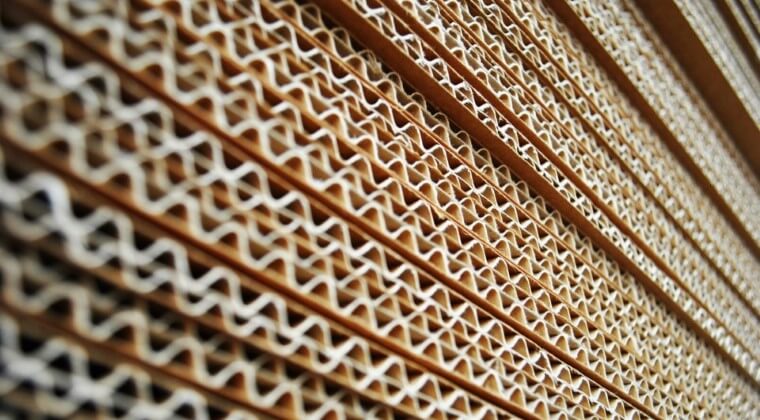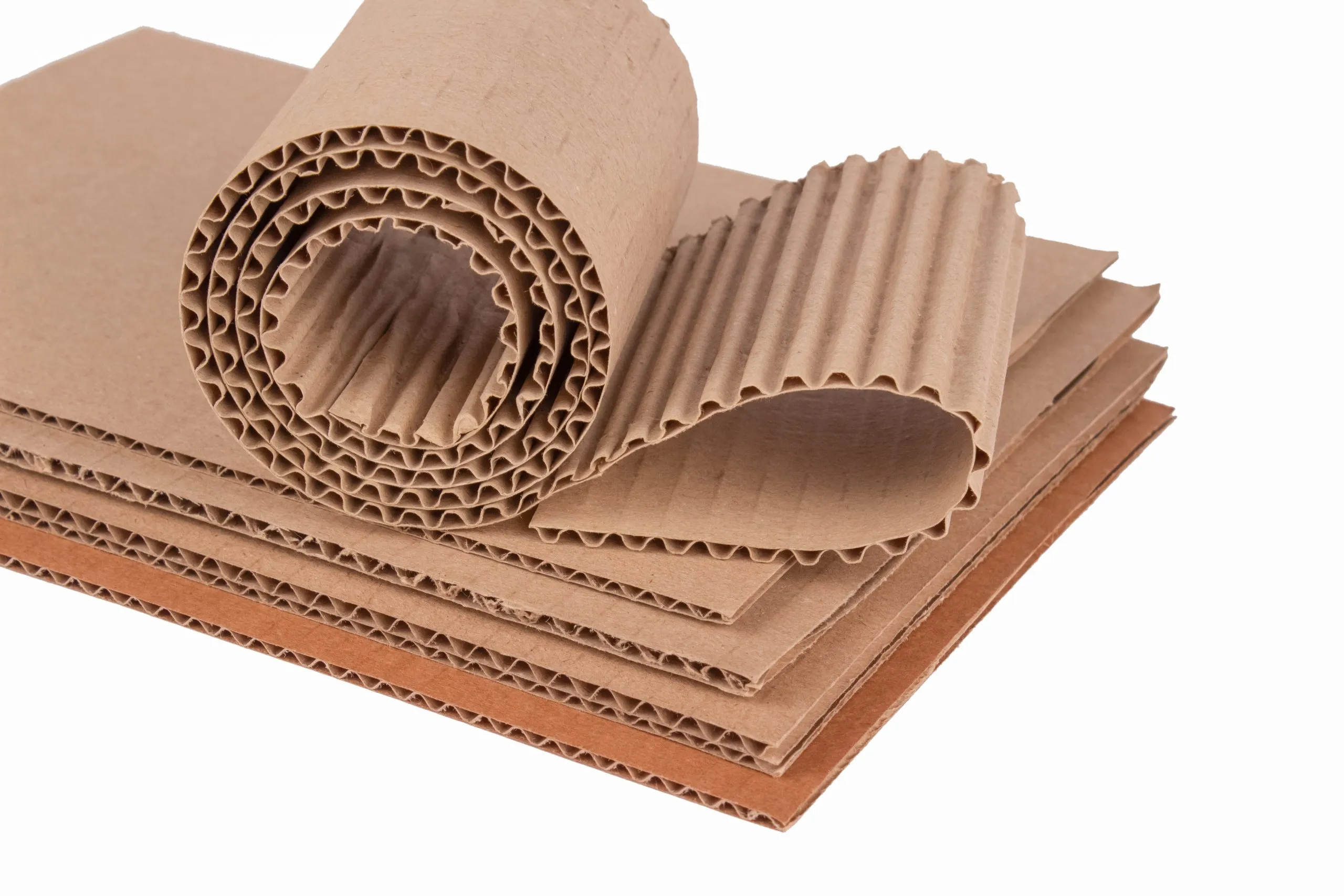What Are the Different Types of Corrugated Cardboard Flutes and Their Uses?
- Khobre Mihan co
- Article
- What is Corrugated cardboard flute?
Table of Content
What is Corrugated cardboard flute?
Corrugated cardboard flute is the wavy layer that is placed between two or more layers of paperboard in corrugated cardboard. The flute provides strength and rigidity, while the paperboard layers provide stiffness and smoothness.

Types of Corrugated Cardboard Flutes
Corrugated cardboard is classified by the thickness of the paper. Flutes come in a variety of types depending on the number of ridges and flute steps, with the different types of flutes ranging from A to F. In Khobre Mihan company, various types of floating paper are produced in the types of E flute paper, B flute paper and C flute paper. To place an order and inquire about the price of E flute, C flute and B flute cardboard sheets, please contact the following phone numbers.
E Flute Cardboard
E flute cardboard is a type of corrugated cardboard that is characterized by its smooth surface and relatively low thickness. This makes it a good choice for applications where appearance and weight are important factors, such as in the production of laminated boxes, pizza boxes, and pharmaceutical boxes. E flute cardboard has a flute height of 1.1 to 1.6 millimeters and 290 to 320 flutes per meter. It can be combined with other flutes to create a variety of three-layer, five-layer, and seven-layer corrugated cardboard.

C Flute Cardboard
C flute cardboard is one of the most common types of corrugated cardboard, accounting for about 80% of all corrugated cardboard production. C flute cardboard has a flute height of 3.5 to 3.7 millimeters and 120 to 145 flutes per meter, which makes it capable of supporting weights of up to 12 kilograms. It has less strength than B flute cardboard but more strength than E flute cardboard.
B Flute Cardboard
B flute cardboard is a type of corrugated cardboard that is characterized by its high strength and rigidity. It has a flute height of 2.1 to 2.9 millimeters and 125 to 150 flutes per meter. This makes it a good choice for applications where strength and durability are important, such as in the packaging of heavy or fragile products.
To learn more about different types of corrugated cardboard, click here.

Why is flute used in the construction of cardboard?
As mentioned, flute refers to the ridges between the two layers of liner and top sheet that are produced in various types of B, C, and E flute. The purpose of using flute in cardboard manufacturing is to help strengthen the cardboard to allow for stacking and create insulation to protect the contents of the package.
Impact of corrugated cardboard flute on the strength of cardboard boxes
The use of corrugated cardboard in the packaging industry has many goals that would be difficult to achieve without it. The use of corrugating in the construction of cardboard boxes protects products during shipping, saves costs, and increases the durability and strength of the product packaging.
Impact of Flute Cardboard on the Total Cost of Packaging
The flute cardboard has a significant impact on the total cost of packaging. The type of flute used, the thickness of the flute, and the quality of the paper used all contribute to the overall cost of the cardboard.
We help our customers stand out in the market by providing superior packaging solutions
To achieve this goal, we continuously invest in developing our relationships with our customers so that we can meet the needs of our customers today and tomorrow. The consulting and design team of Mehen’s expert engineers, after hearing the demands of the customers, examined the different ways of packaging the product and then using the valuable experiences of the past and the current knowledge of packaging and the use of new technologies, the most optimal type of packaging examined. provides to consumers. For more information and consultation with us, click on the free consultation button.

